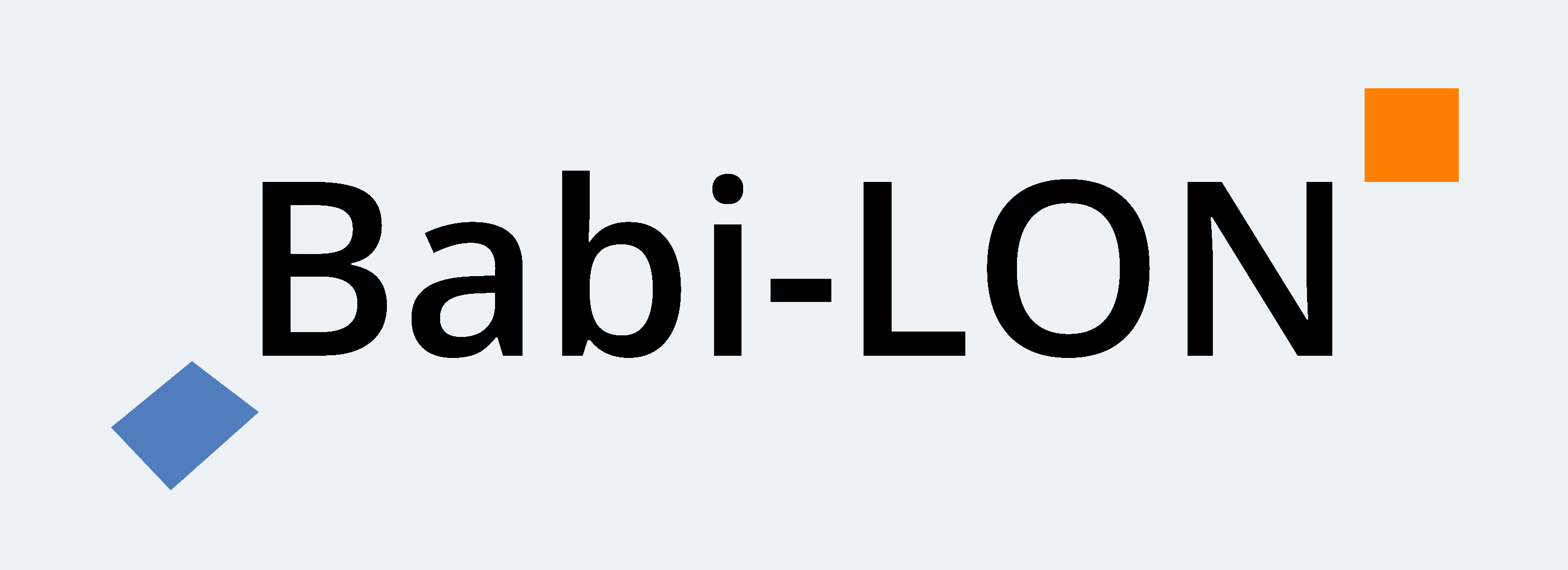Need more information? Here are the most frequently asked questions
If you have a question that is not included in the F.A.Q., please send it to us by e-mail.Functionality and Compatibility
Yes, Babi-LON is fully backward-compatible with existing LON products and systems. It enables modernization and smooth migration to IoT without replacing legacy devices. All major media types are supported: TP/FT10, PL20C, EIA-852, and even IzoT (BACnet/IP over twisted pair), which enables energy-efficient BACnet/IP communication.
Babi-LON is primarily designed for LON, LON/IP, and BACnet/IP over twisted pair. It complies with ISO 14908 (parts 1, 2, 3, 5, 7) for LON and ISO 16484-5 for BACnet.
Yes, Babi-LON can be used with LON only, without enabling the BACnet stack, depending on the application’s needs.
Babi-LON supports TP/FT10 twisted pair for free topology, RS-485, and narrowband PL20C powerline over dual carriers.
Babi-LON is recommended as a replacement for Neuron Chips (3120, 3150, FT5000, FT6050) in distributed automation architectures, especially when used in Short Stack or MIP modes. It is well-suited for small applications using explicit messages and addressing, and supports LonMark mode with functional blocks, variables, and configuration properties. It handles from 1 to 4,096 variables.
Babi-LON is a modern, cost-effective, open, and durable solution based on processors guaranteed with 10-year availability. It replaces Renesas Neuron Chips, which reached end-of-life in June 2025. Babi-LON allows for easy migration of LON products and the development of new applications by adding BACnet/IP. It is designed with built-in security to comply with the Cyber Resilience Act (CRA), in effect since 2024 and mandatory from 2027.
Babi-LON is a scalable development platform for IoT applications, compatible with LON and BACnet, running on RTOS or Linux, and free from proprietary components. It provides long-term performance, flexibility, and robustness for automation systems.
Yes, Babi-LON can be ported to various ARM processors from ST, NXP, Gigadevice, Nordic Semiconductor, Renesas, etc. An ARM Cortex-M33 was selected for its performance, efficiency, availability, and cost, making it an optimal solution for a wide range of applications.
Capabilities and Performance
Babi-LON supports from 1 to 4,096 network variables (NVs), over 1,024 aliases, and more than 1,024 address table entries — far beyond the limits of Neuron Chip–based solutions, making large-scale projects more feasible.
Thanks to its optimized architecture, Babi-LON consumes up to 35% less energy than comparable hardware solutions.
Yes. While ideal for small applications, Babi-LON is also capable of powering resource-demanding products and peripherals (SPI, I2C, UART, analog inputs, etc.). For gateway or supervision-type applications, the Linux version offers greater scalability and connectivity.
The RTOS version is optimized for low-memory, low-power sensor/actuator devices, while the Linux version is better suited for powerful applications such as Lon/BACnet gateways, MQTT, or REST/API in edge computing environments.
Yes, Babi-LON supports more than 1,000 address entries.
Yes. While not unlimited, Babi-LON significantly extends alias capabilities, making LON deployment on large networks with thousands of devices much easier.
Yes. This resource corresponds to the number of simultaneous incoming messages from different devices. Neuron Chip–based products were limited to about 15, making gateway creation difficult. With Babi-LON, incoming changes from field devices can trigger events almost instantly — typically within 20 ms.
Yes. Applications that rely on explicit messaging instead of network variables — for monitoring, maintenance, or installation — can be developed with Babi-LON. Even explicit addressing is supported. There are no imposed limits.
Deployment and Update
Updates can be performed locally using a USB key or remotely via the communication medium. Group updates via broadcast are implemented, allowing simultaneous updates on many devices.
Yes, Babi-LON allows for simultaneous remote updates using broadcast, which reduces deployment time. The updates are split between the application and firmware layers, minimizing the size of transmitted files.
Yes, the software architecture separates the application from the protocol stack, allowing one to be updated independently of the other.
No. Neuron Chips used the Neuron C language with special compilation directives. Babi-LON is based on the standard GNU C or C++ toolchain. While I/O models from the Neuron Chip can be reused on the selected Cortex-M33 processor (which provides even better features), a redesign effort is required for operational maintenance (MCO). Pure software functions, however, can be directly integrated into Babi-LON.
Yes, applications using automatic installation — including installation triggered by a service pin — can be developed with Babi-LON.
Development and Tools
The Babi-LON package includes full schematics and a bill of materials with components available from AVNET, libraries for LON and BACnet protocols as needed, and the “Babi-LON Resource Code Generator” tool for generating variable and configuration property access files, as well as XIF files.
Procedures are provided to install open-source tools for processor pin configuration, application compilation, and debugging.
Yes, Babi-LON supports functional profiles (SFPT, UFPT), network variables (SNVT, UNVT), and configuration properties (SCPT, UCPT).
Using the “Babi-LON Resource Code Generator,” the developer selects network elements and generates the source files to be integrated into the application. A unified API provides direct access to LON and BACnet communications.
Security and Reliability
Yes. Security is provided by the LON protocol’s built-in authentication mechanisms, and Babi-LON enhances this by using certificates to validate applications. This ensures compliance with modern cybersecurity standards, including the Cyber Resilience Act (CRA), in force since 2024 and mandatory from 2027.
Yes. The BACnet stack in Babi-LON is BTL certifiable (BACnet Testing Laboratories). Products based on Babi-LON have already obtained BTL certification, for example: https://www.bacnetinternational.net/btl/?p=3301
Interoperability and Migration
Devices using Babi-LON are natively IP-compatible and can be tested using standard network tools like “ping.” They support simultaneous communication via LON and BACnet/IP. Additional UDP-based protocols can also be implemented on the Babi-LON platform to meet various modern IoT requirements.
Yes. Older devices can operate alongside Babi-LON devices on the same network segment, allowing progressive and flexible modernization of systems.
No. Thanks to Babi-LON and IzoT routers, devices are directly accessible via BACnet/IP without the need for extra gateways. This reduces engineering costs and energy consumption.

